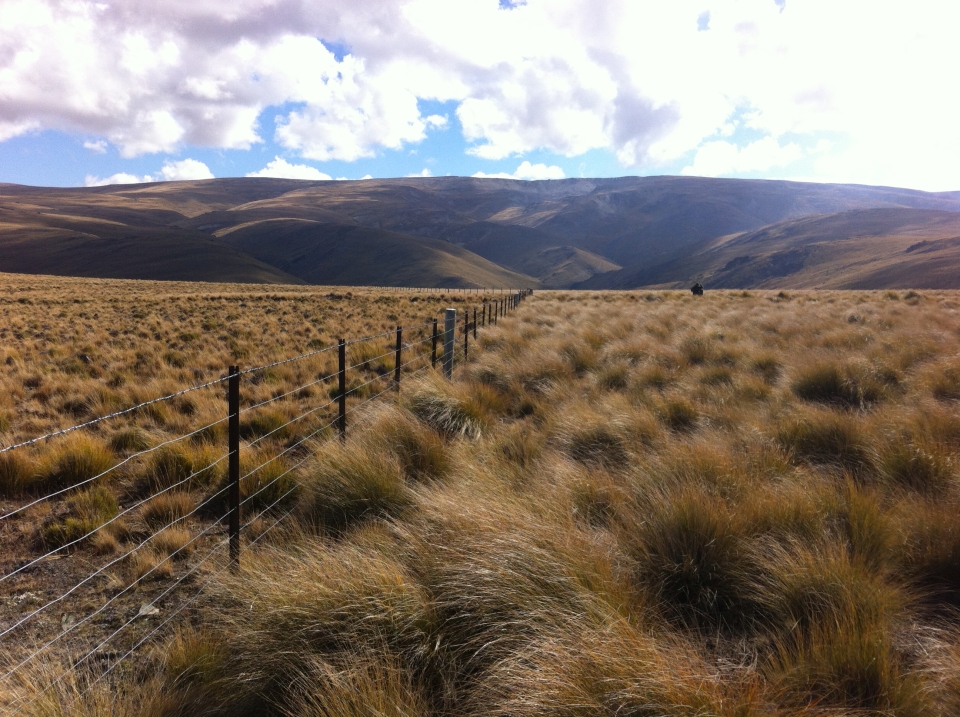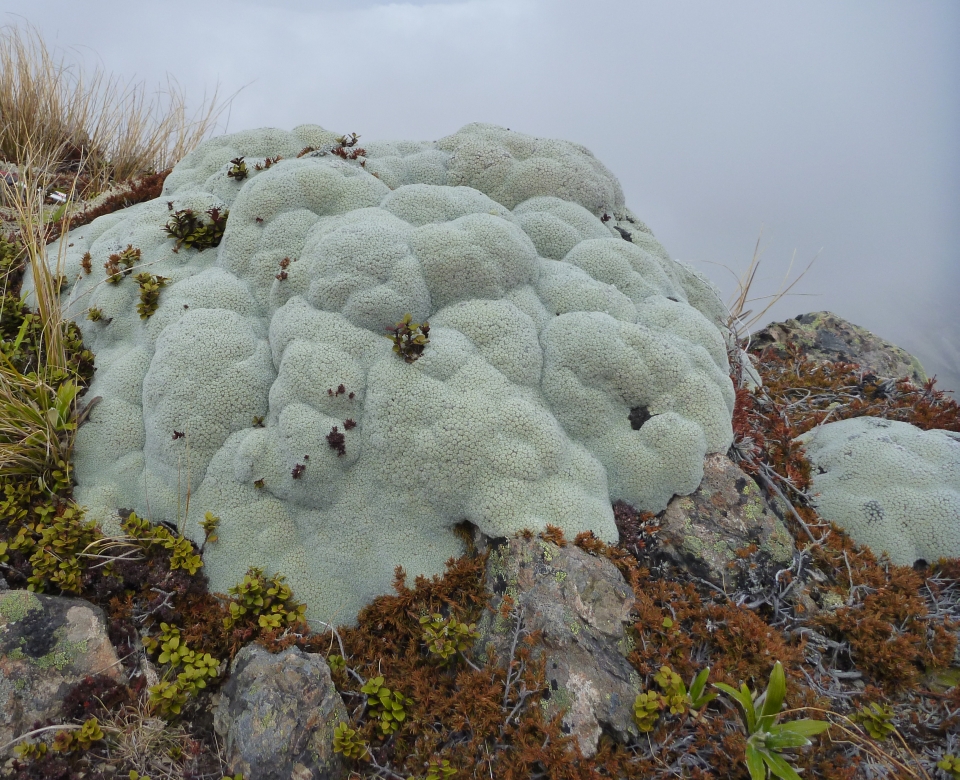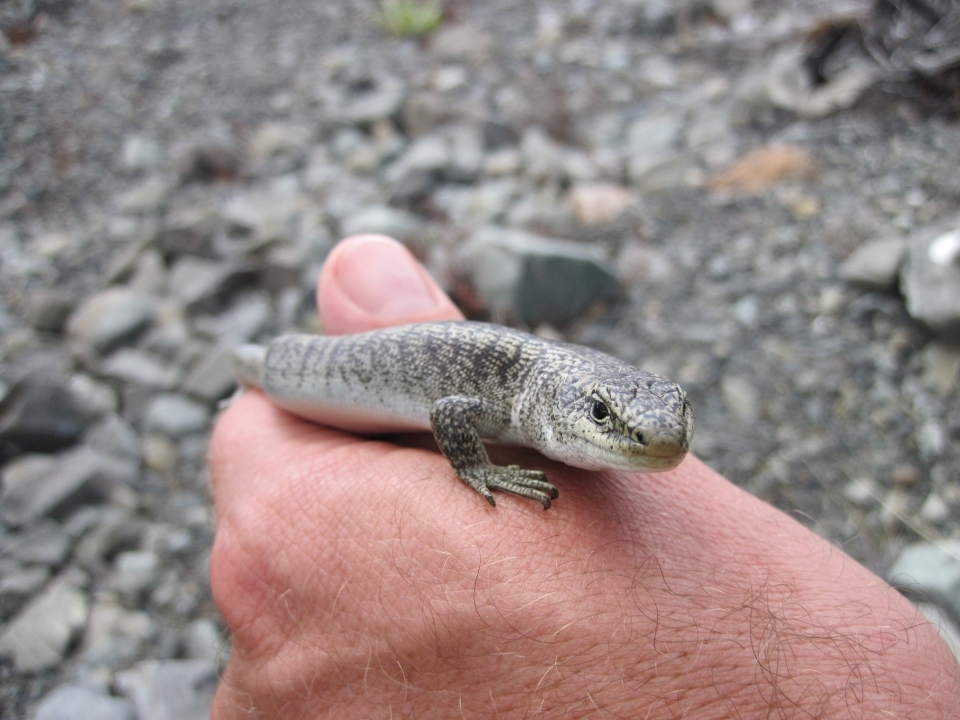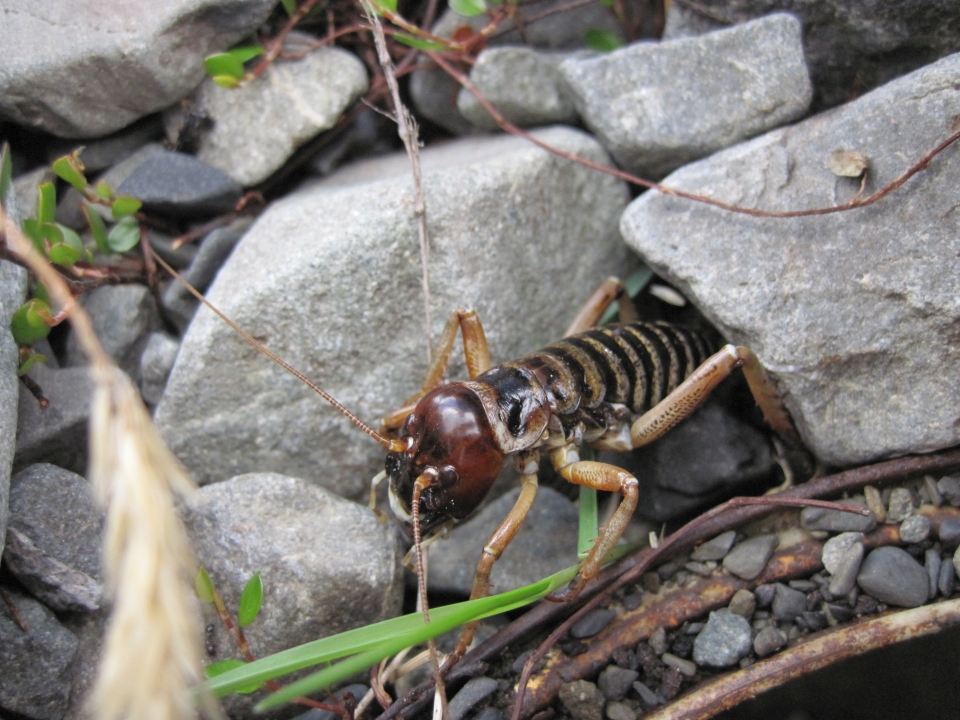You can contact LEARNZ, part of CORE Education, at:
Postal Address:
PO Box 13 678,
Christchurch 8141,
New Zealand
The high country supports a high level of biodiversity. Plants and animals have developed a range of adaptations to allow them to survive in this harsh environment.
Generally, the high country has a dry climate, and is often hot and windswept as northwesterlies cause rain to fall on the Southern Alps, creating a rainshadow over the eastern grasslands of the Mackenzie Country.
Because much of the land lies above 700 metres it is also frequently cold. From daylight to nightfall the temperature can drop from baking hot to freezing. In winter, snow covers the mountains and many lakes freeze, while sheltered slopes and valley floors experience hoar frosts.
Before human arrival, much of the high country was forest. Māori traditional knowledge speaks of Tamatea Pōkai Whenua “striding the land” and warming it by lighting fires of possession. Oral histories say early Māori settlers burnt large areas of Otago and Canterbury to drive out moa, which were killed as they sought to escape.
Charred stumps and fallen logs are still found on some tussock slopes and a few forest remnants still exist in gullies which have escaped burning.
When grazing ceases, tussock grasslands recover and succession back to dry forest begins. This recovery of vegetation helps provide habitat, and improves water management.
Before European settlement, vegetation in the high country was mostly tussock - ranging from red tussock in wetter areas to waist-high snowgrass on the mountainsides.
Small shrubby plants, including hebes, heaths and many smaller species grew among the tussocks. Higher up, herbfields and cushion plants grew. Some of the low, spreading shrubs can be 200-300 years old, and the Raoulia daisy, or “vegetable sheep,” even older.
Repeated burning of tussock to stimulate young growth for extensive farming has reduced fertility and increased soil erosion. Fire has removed the protection of many of the remaining beech forests on the mountainsides.
What other human activities could damage tussock lands?
A huge range of insects live in the high country, including alpine butterflies, day-flying moths – even alpine wētā that survive freezing conditions with a natural “anti-freeze” in their blood.
The high country has a large variety of skinks and geckos, often found only in small local areas.
Visit this year's Wetland Biodiversity field trip to find out more about lizards and other animals found in the high country.
A range of birds, some endangered or threatened, live in the high country or migrate there to breed. These include;

,The tussock lands of the high country were once covered in forest. Image: LEARNZ.

,This plant is known as a vegetable sheep and can live for over 300 years. What type of plant is this? Image: LEARNZ.

,Despite the harsh conditions in the high country many insects can be found here. What type of insect is this? Image: LEARNZ.

,Skinks and geckos are found in the high country. This is a rare scree skink. Image: LEARNZ.

This mountain stone wētā has an anti-freeze in its blood to help it survive in freezing conditions. What other examples of adaptation can you think of that a high country animal has? Image: LEARNZ.
Choose a plant or animal which lives in the Mackenzie Country and find out more about it.